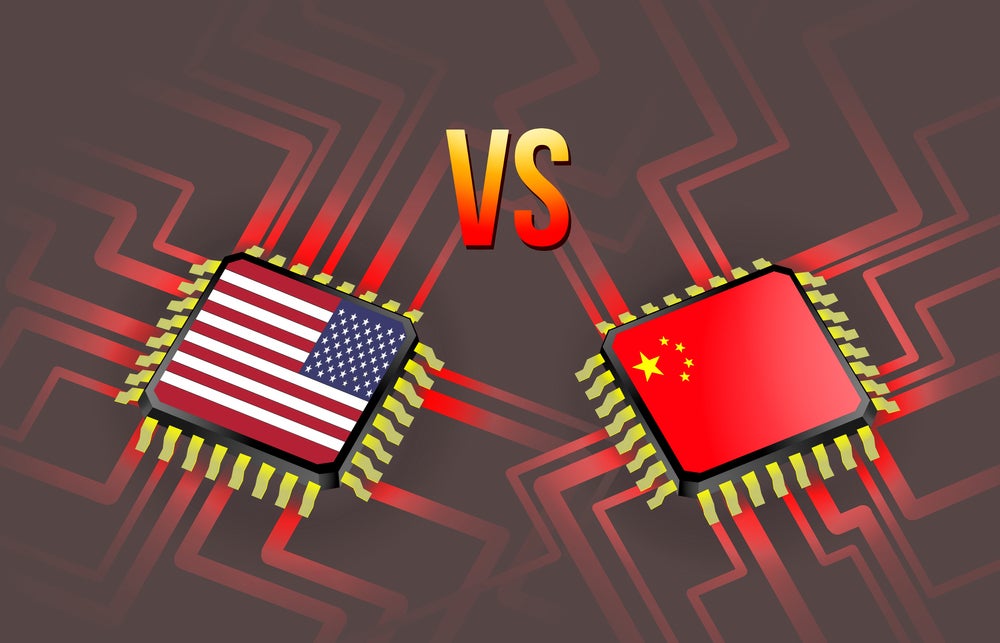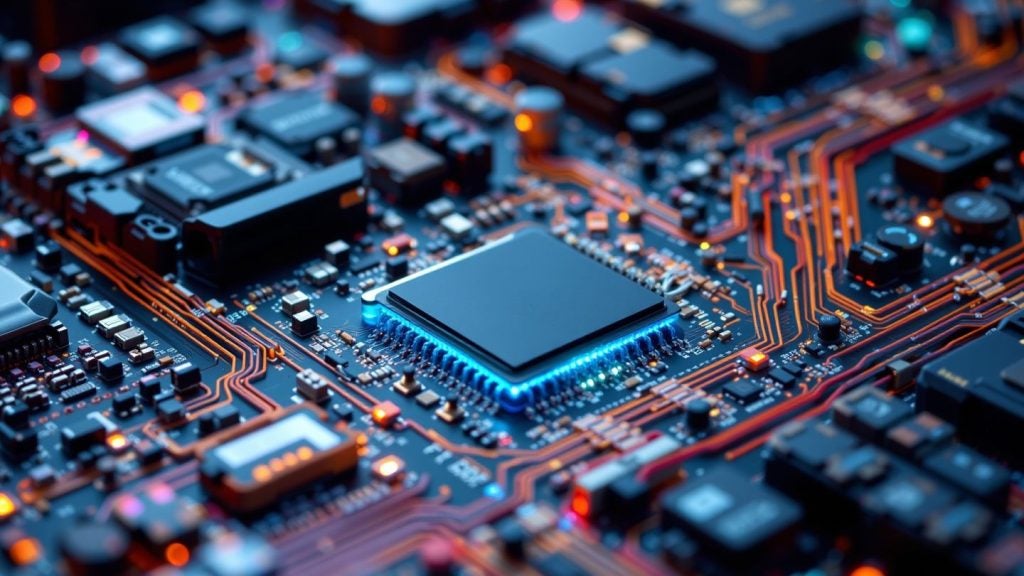
New York City’s Mayor Eric Adams recently announced the launch of a new municipal department to regulate the growing number of micromobility devices crowding pavements and bike lanes to deliver food and packages to New Yorkers.
The Department for Sustainable Delivery is set to address various risks resulting from the mounting amount of food and package deliveries such as worker safety, pedestrian risk and e-bike battery fires.
Adams said: “Our streets — and how they’re used — have changed, and we’re changing with them. The Department of Sustainable Delivery will be a first-in-the-nation way to let us retake the reins of our streets and ensure that the next generation of mobility innovation works for our workers, our neighbours and our city as we continue to deliver on our vision to protect public safety, rebuild our economy, and make this city more liveable for working-class New Yorkers.”
Safer streets
The creation of this new department comes as part of an initiative to make New York safer for those who live there, cracking down on crime and traffic safety alongside building a “forward-looking economy” for the city with job growth and clean tech innovation.
The particular focus on e-bikes follows a large volume of e-bike and e-scooter battery fire deaths in the city in 2023, meaning the public is looking to the municipality to regulate low-quality lithium batteries.
With increased congestion charges, the amount of micromobility devices is set to increase even further. Alongside the battery and charging station regulation, the department will look to further regulate worker pay, worker safety and clogged bike lines whilst increasing city oversight, requiring permits, fees and delivery apps to share data with governments to ensure they aren’t breaching employment laws.
Micromobility and food delivery
Micromobility devices refer to any small, low-speed electric-powered transportation devices including e-bikes and e-scooters. The devices are powered via lithium-ion batteries, which although considered ‘greener’ in comparison to traditional transportation come with a higher risk of fires if not produced properly or overcharged.
While they can help with the mobility of citizens around the city using platforms like Tier, Lime and Voi, the devices have also become the backbone of food delivery and a core instrument in the gig economy. In New York, an estimated 65,000 delivery workers are whizzing around at all hours of the day.
Food delivery and e-commerce have grown significantly in popularity and have become increasingly integrated into citizens day to day lives. An accelerating factor in this shift as noted by GlobalData’s E-Commerce report, was the pandemic, which made consumers accustomed to the habit of at-home consumption, ordering from apps such as Uber Eats, DoorDash and GrubHub.
Gig economy
The host of food delivery workers is part of the burgeoning gig economy, which although offers some recompense of flexible working hours has many downsides for workers. It rarely pays over minimum wage, and rewards faster and potentially unsafe delivery times.
In December, a state court ruling mandated that New York delivery workers must be paid $17.96/hour by delivery app companies. Companies complained that this ruling was a misunderstanding of how the food delivery industry works and that this would cause riders to have to rush to deliver food faster in order to gain that amount per hour.
GlobalData analyst Hannah Cleland explains that this comes amid a wider trend: “The New York legislation comes following greater gig economy worker rights in regions such as UK and Europe and points to a wider trend towards more mandatory ESG regulation in the coming years that companies will have to address one way or another.”
Impact on food service
The food service industry has been under increased pressure with rising food costs and hybrid working impacting lunchtime consumption patterns.
A GlobalData consumer survey in a report about the effect of hybrid working on the food service industry found that 57% of respondents from North America eat lunch at home on weekdays, suggesting that the customer bases of lunchtime eateries have been eroded by shifts in working patterns.
Cleland believes that the new department could have further detrimental effects on the industry.
She explains: “In the New York case while there is an intention of greater safety and wellbeing for all, the foodservice aggregators will likely have to absorb or pass on greater delivery costs and wait times to the consumers of whom 47% in the US alone report less frequently or stopping ordering takeaway altogether (GlobalData 2023 Q4 global consumer survey).”
“The answer ultimately lies in the delivery sector’s continued ability to innovate and increase the viability of drones and autonomous vehicles which still only have limited capacity in suburban and rural areas.”







